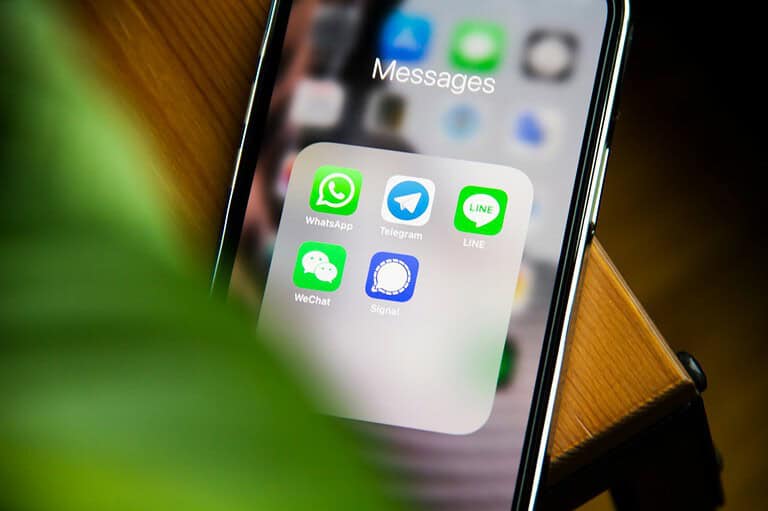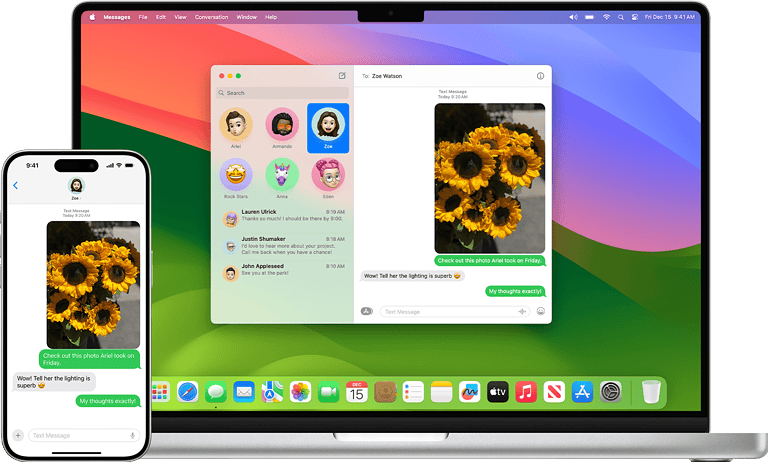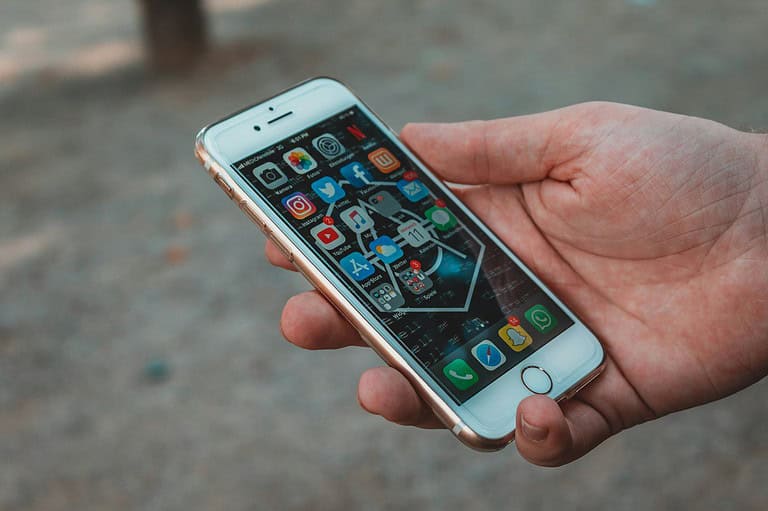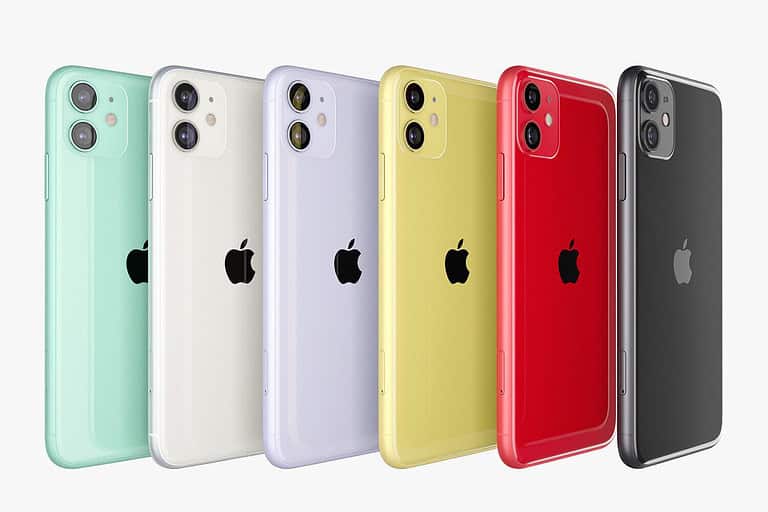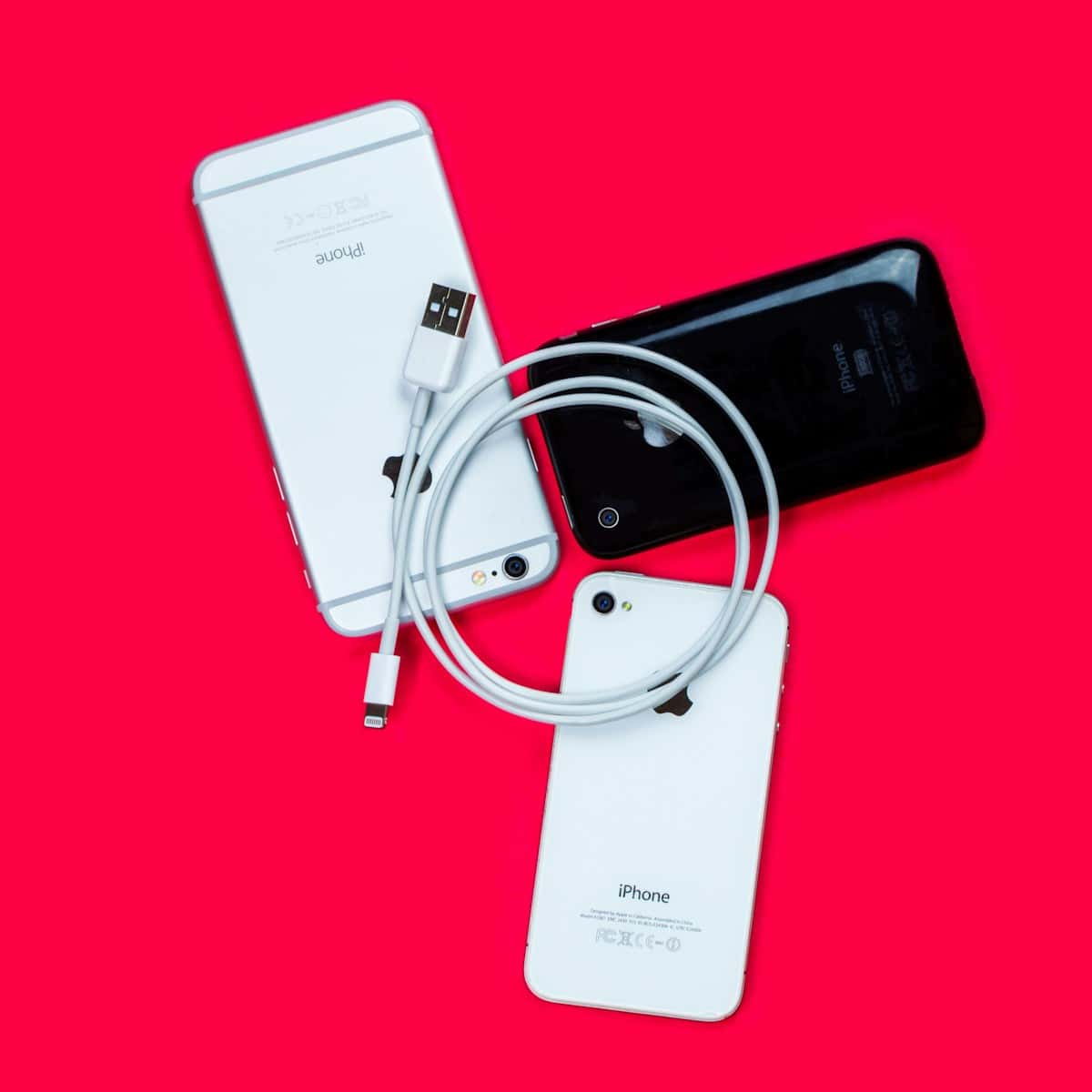
The iPhone story began in 2007 with the release of the first model, called iPhone. Since then, each new model has brought advancements in technology, design, and features, steadily improving the user experience. As Apple introduced new generations, the iPhone evolved from the original’s 3G network capabilities to the fast 5G connectivity of today’s models. From its humble beginnings to its current status as a technological wonder, the iPhone’s evolution reflects Apple’s commitment to innovation. Each new model has brought improvements in design, features, and performance, shaping the way we communicate, create, and connect with the world. This list serves as a reminder of the remarkable journey the iPhone has taken and offers a glimpse into the exciting possibilities ahead.
Each new iPhone has marked a step forward in smartphone technology. The iPhone 4 introduced the crisp Retina display, the iPhone 5 brought a larger screen with LTE networking, and the iPhone X made waves with its Face ID and edge-to-edge display. The journey continued up to the iPhone 15, integrating even more sophisticated technology and improved performance.

The history of the iPhone is not just a list of models, but a narrative of innovation. It reflects changing consumer demands and Apple’s ability to address them through cutting-edge technology and connectivity upgrades. This has solidified the iPhone’s position as a key player in the mobile industry.
A Journey Through iPhone History: Every Model Released
Since its groundbreaking debut in 2007, Apple’s iPhone has undergone numerous transformations, each generation pushing the boundaries of technology and design. From the original iPhone to the latest iPhone 15 series, let’s take a walk down memory lane and revisit every iPhone model ever released.
The Early Years: Setting the Foundation
- Original iPhone (2007): The revolutionary device that started it all, introducing the world to the multi-touch interface and setting the stage for the smartphone revolution.
- iPhone 3G (2008): Added 3G connectivity and GPS, making the iPhone a more capable communication and navigation tool.
- iPhone 3GS (2009): Boosted performance with a faster processor and improved camera capabilities.
- iPhone 4 (2010): Introduced the iconic flat-edged design and the high-resolution Retina display.
- iPhone 4S (2011): Debuted Siri, the intelligent voice assistant, and brought significant camera improvements.
Expanding the Lineup: Introducing New Sizes and Features

- iPhone 5 (2012): Introduced a taller, 4-inch display and the Lightning connector.
- iPhone 5C (2013): Offered a more affordable option with a colorful polycarbonate back.
- iPhone 5S (2013): Pioneered Touch ID fingerprint sensor and introduced the 64-bit A7 chip.
- iPhone 6 & 6 Plus (2014): Marked a significant shift with larger 4.7-inch and 5.5-inch displays.
- iPhone 6S & 6S Plus (2015): Brought 3D Touch pressure-sensitive display and Live Photos.
Refinement and Innovation: Pushing Boundaries
- iPhone SE (1st generation) (2016): A compact and powerful option with a 4-inch display.
- iPhone 7 & 7 Plus (2016): Introduced water resistance, dual cameras on the Plus model, and removed the headphone jack.
- iPhone 8 & 8 Plus (2017): Featured a glass back for wireless charging and improved camera performance.
- iPhone X (2017): Marked a major design overhaul with an edge-to-edge OLED display and Face ID facial recognition.
- iPhone XS & XS Max (2018): Enhanced performance and introduced dual SIM support.
- iPhone XR (2018): A more affordable option with a vibrant Liquid Retina display.
The Modern Era: 5G, Pro Models, and Beyond

- iPhone 11 (2019): Dual-camera system and improved battery life.
- iPhone 11 Pro & 11 Pro Max (2019): Introduced a triple-camera system and Super Retina XDR display.
- iPhone SE (2nd generation) (2020): Brought back the classic design with updated internals.
- iPhone 12 mini, 12, 12 Pro & 12 Pro Max (2020): Embraced 5G connectivity and MagSafe accessories.
- iPhone 13 mini, 13, 13 Pro & 13 Pro Max (2021): Improved cameras, longer battery life, and Cinematic mode for video.
- iPhone SE (3rd generation) (2022): Upgraded the SE with the A15 Bionic chip and 5G.
- iPhone 14 & 14 Plus (2022): Introduced a larger 6.7-inch display option and improved cameras.
- iPhone 14 Pro & 14 Pro Max (2022): Dynamic Island replaced the notch, Always-On display, and a 48MP main camera.
- iPhone 15, 15 Plus, 15 Pro & 15 Pro Max (2023): USB-C port, Action button on Pro models, and further camera enhancements.
Table of Every iPhone Model
| Model | Release Year | Key Features |
|---|---|---|
| Original iPhone | 2007 | Multi-touch interface, revolutionary design |
| iPhone 3G | 2008 | 3G connectivity, GPS |
| iPhone 3GS | 2009 | Faster processor, improved camera |
| iPhone 4 | 2010 | Retina display, flat-edged design |
| iPhone 4S | 2011 | Siri, improved camera |
| iPhone 5 | 2012 | Taller 4-inch display, Lightning connector |
| iPhone 5C | 2013 | Colorful polycarbonate back, more affordable |
| iPhone 5S | 2013 | Touch ID, 64-bit A7 chip |
| iPhone 6 & 6 Plus | 2014 | Larger displays (4.7-inch and 5.5-inch) |
| iPhone 6S & 6S Plus | 2015 | 3D Touch, Live Photos |
| iPhone SE (1st generation) | 2016 | Compact 4-inch display |
| iPhone 7 & 7 Plus | 2016 | Water resistance, dual cameras (Plus), no headphone jack |
| iPhone 8 & 8 Plus | 2017 | Glass back, wireless charging |
| iPhone X | 2017 | Edge-to-edge OLED display, Face ID |
| iPhone XS & XS Max | 2018 | Enhanced performance, dual SIM |
| iPhone XR | 2018 | Liquid Retina display, more affordable |
| iPhone 11 | 2019 | Dual-camera system, improved battery |
| iPhone 11 Pro & 11 Pro Max | 2019 | Triple-camera system, Super Retina XDR display |
| iPhone SE (2nd generation) | 2020 | Classic design, updated internals |
| iPhone 12 mini, 12, 12 Pro & 12 Pro Max | 2020 | 5G, MagSafe |
| iPhone 13 mini, 13, 13 Pro & 13 Pro Max | 2021 | Improved cameras, longer battery, Cinematic mode |
| iPhone SE (3rd generation) | 2022 | A15 Bionic chip, 5G |
| iPhone 14 & 14 Plus | 2022 | Larger 6.7-inch display option, improved cameras |
| iPhone 14 Pro & 14 Pro Max | 2022 | Dynamic Island, Always-On display, 48MP main camera |
| iPhone 15, 15 Plus, 15 Pro & 15 Pro Max | 2023 | USB-C, Action button (Pro), camera enhancements |
Key Takeaways
- Apple’s iPhone series began in 2007, steadily advancing in technology with each release.
- Significant models introduced notable features like the Retina display, LTE networking, and Face ID.
- The iPhone series showcases the evolution of smartphone technology and connectivity.
Evolution of iPhone
Since its introduction by Steve Jobs in 2007, the iPhone has seen remarkable changes in design, performance, and multimedia capabilities. Each release has built upon the last, addressing user needs and incorporating technological advances.
Design and Display Innovations
The iPhone has undergone significant changes in design since its release. The first iPhone featured a 3.5-inch display and a home button. Through the years, Apple has increased the size and improved the display quality of its devices. The shift from LCD to OLED screens brought more vibrant colors and deeper blacks. Apple’s move to the edge-to-edge Super Retina XDR and Liquid Retina displays allowed for larger screens without added bulk. In 2020, the introduction of the iPhone 12 series’ Ceramic Shield improved drop performance four times.
Performance and Storage
Apple iPhones started with just 4GB of storage in 2007. By the time of the iPhone 3GS release in 2009, storage options had doubled to 32GB. This trend continued, addressing users’ growing needs for space to store photos, music, and apps. Apple’s focus on chip development led to the creation of the A12 Bionic chip, which provided a significant boost in processing power and efficiency when it debuted in the iPhone X series.
Camera and Multimedia
The iPhone’s camera system has evolved dramatically. Early models had a modest 2MP rear camera. Over the years, improvements like LED flash, 4K video recording, and slow-motion video have become standard. With the iPhone 15 line, the base models received a camera boost to 48MP. Front-facing camera tech has also advanced, providing features like portrait mode and Live Photos. Multimedia features have transformed how users capture and enjoy content on their iPhones.
The progression of the iPhone reflects a constant push towards marrying form with function, ensuring that each new model offers a blend of style, cutting-edge technology, and user-friendly features.
Technological Advancements and Connectivity
In this section, we discuss the leaps in technology that have transformed the way we use iPhones, particularly focusing on networking, software, and the physical design of these devices.
Networking and Connectivity
Apple’s iPhone models have consistently pushed the envelope in networking. iPhone 11, introduced in 2019, marked Apple’s solid foray into advanced LTE connectivity. In 2020, iPhone 12 series made headlines by stepping into 5G, offering superfast download and upload speeds. This trend continued with the launch of the iPhone 13 series and the subsequent iPhone 14 lineup, which further improved these capabilities. The iPhone fleet supports Wi-Fi, Bluetooth, and NFC, with newer models embracing dual-SIM support through eSIM technology. Wireless charging, once a premium feature, is now standard, starting with the iPhone 8 and later models.
- Connectivity through the years:
- 3G to 5G: Gradual transition from 3G to increasingly fast 5G networks.
- Wi-Fi & Bluetooth: Constant enhancements in Wi-Fi and Bluetooth standards.
Software and Security
Each new iPhone comes with the latest iOS, Apple’s proprietary operating system. The iOS environment guarantees regular updates and feature improvements. For instance, Siri, Apple’s AI assistant, has become smarter over time and integrates seamlessly with features like Apple Pay, iCloud, and FaceTime. Security, too, has seen vast improvements, with the Pro models offering more sophisticated encryption and face recognition technology. Apple has also removed the headphone jack since the iPhone 7, opting for the Lightning connector, and now the iPhone 15 series is rumored to be adopting USB-C.
- Software and Security Highlights:
- iOS: Regular updates support the latest software.
- Security: Advanced encryption and secure face recognition.
Hardware and Build
The external design and build quality of iPhones have evolved markedly. From the sleek glass bodies introduced in the iPhone 8 and the iPhone X to the ceramic shield in the iPhone 12, durability has been a consistent focus. The Pro models are renowned for their robust water resistance, while the iPhone 13 Pro Max boasts the best battery life in its range. The latest models like iPhone 15 Pro and iPhone 15 Pro Max have enhanced these features, offering even better performance and build quality.
- Build Quality Across Generations:
- Water Resistance: Enhanced durability begins with water resistance.
- Battery Life: The iPhone 13 Pro Max set the standard for long-lasting batteries.

